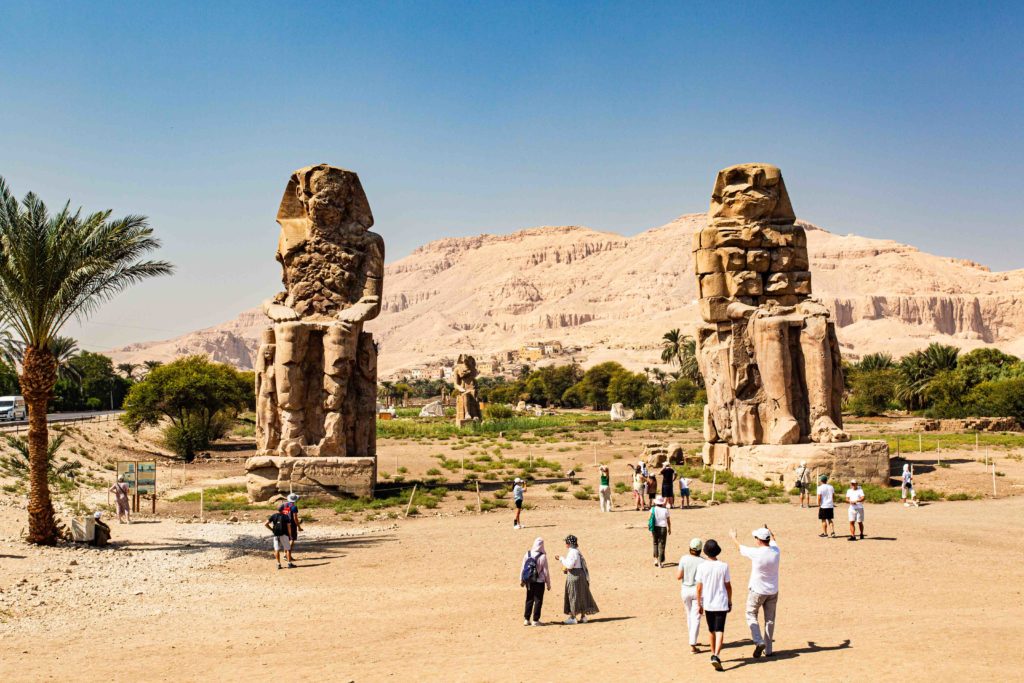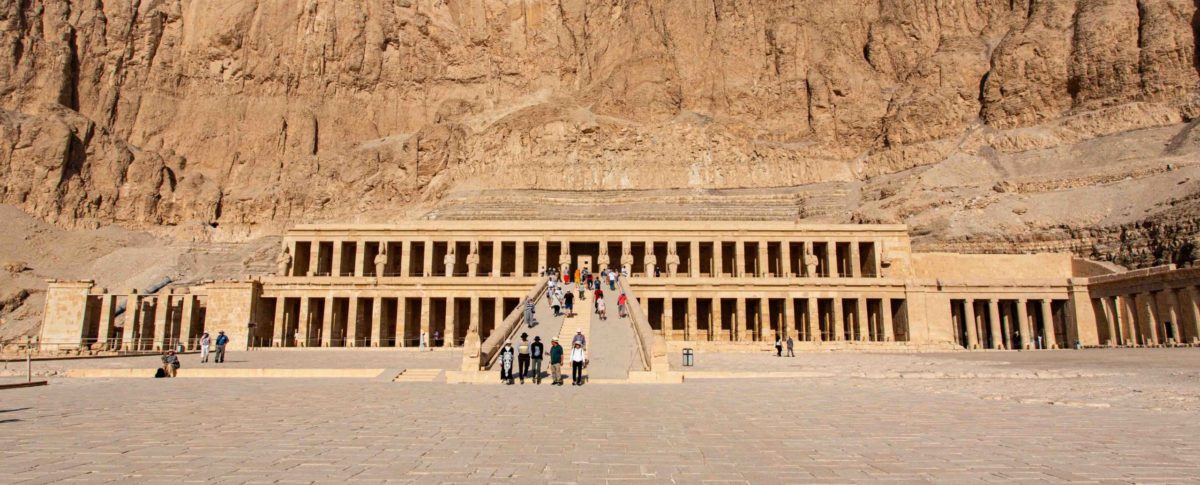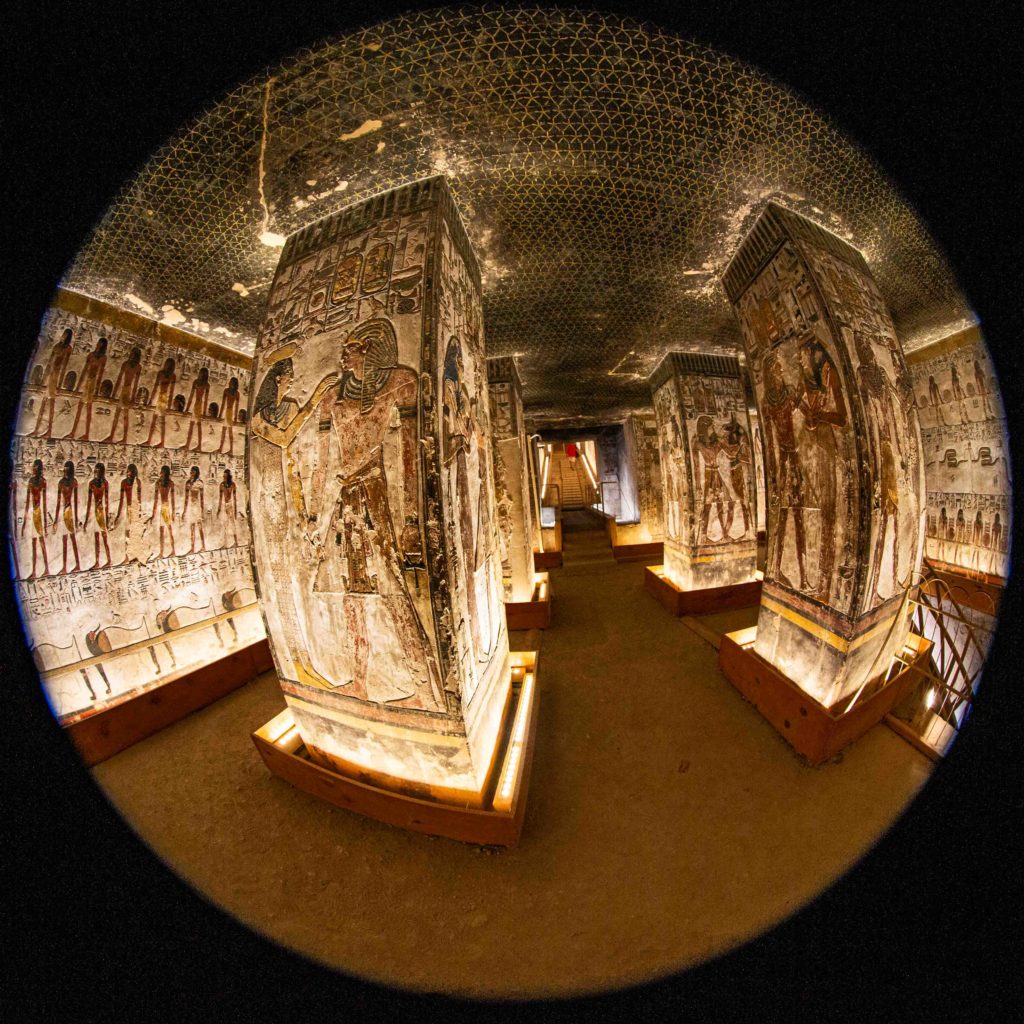
After Qena the Oberoi Zahra returned to Luxor where we will be spending the next few days. Formally known as Thebes, this location is one of the oldest inhabited places in the world thus is rich with monuments and museums. Across from Luxor on the Nile west bank is a place Pharaohs were dying to go to, the Theban Necropolis.
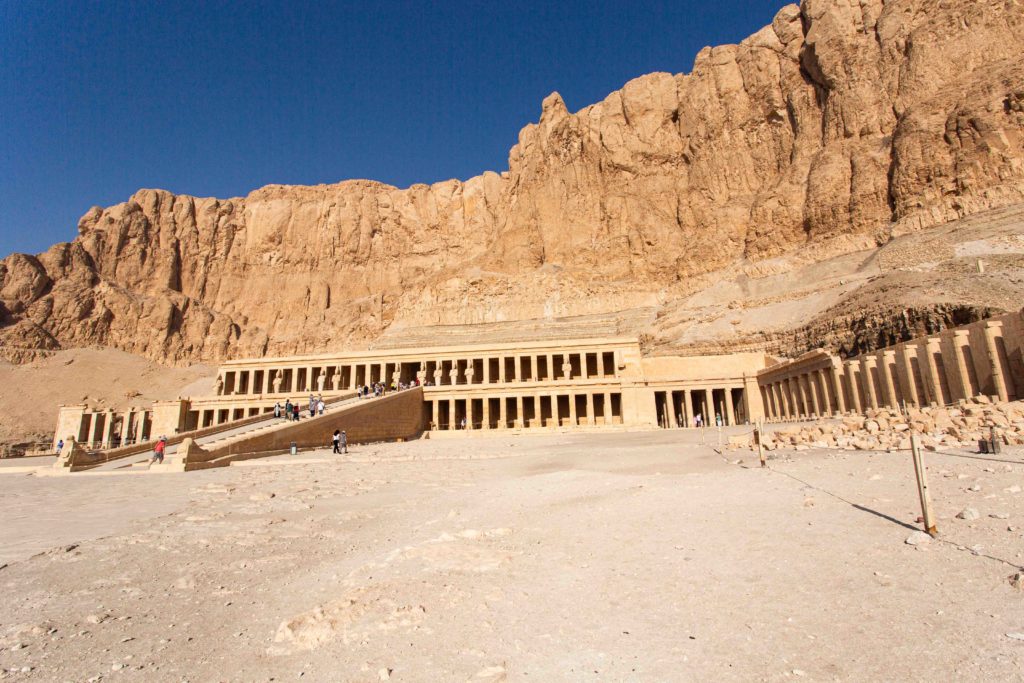
Our first stop in the necropolis was Deir al-Bahari and the Mortuary temple of Hatshepsut. Pharaohs would build two buildings usually during their reign for their memory, a temple where they could be honored and a tomb where their remains and items needed for the afterlife could be stored. A mortuary temple is a combination of the two. Hatshepsut went on a construction spree as soon as she took the throne and her mortuary temple with its ramp and three large terraces is one of the finest examples of ancient architecture to survive.
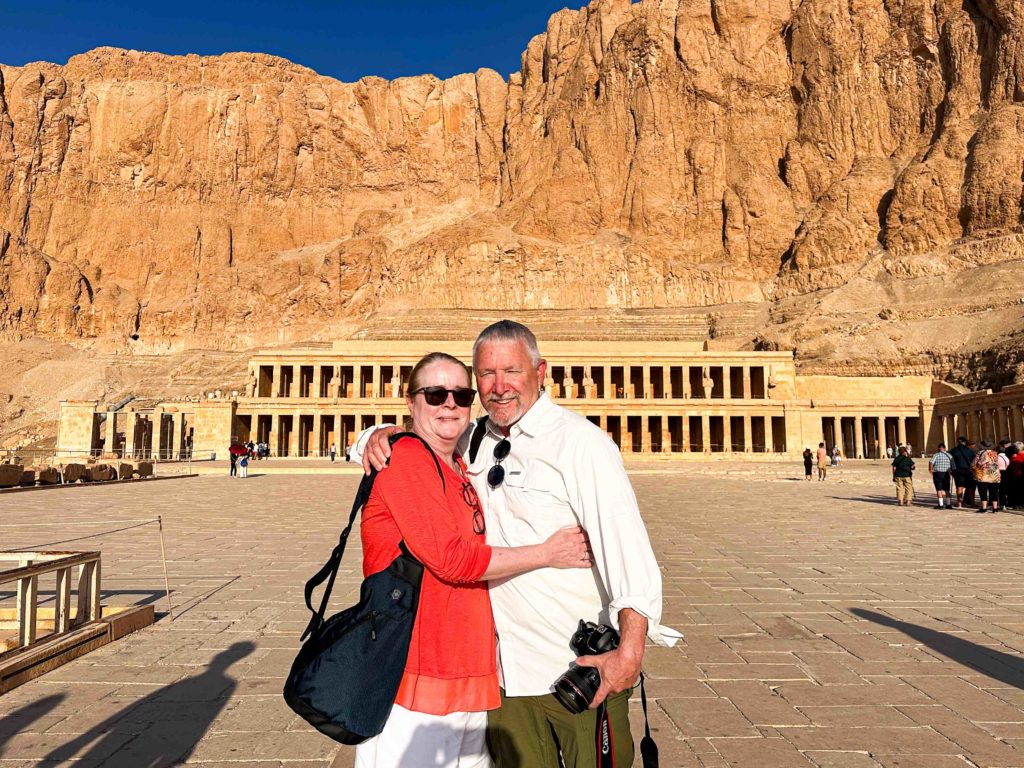
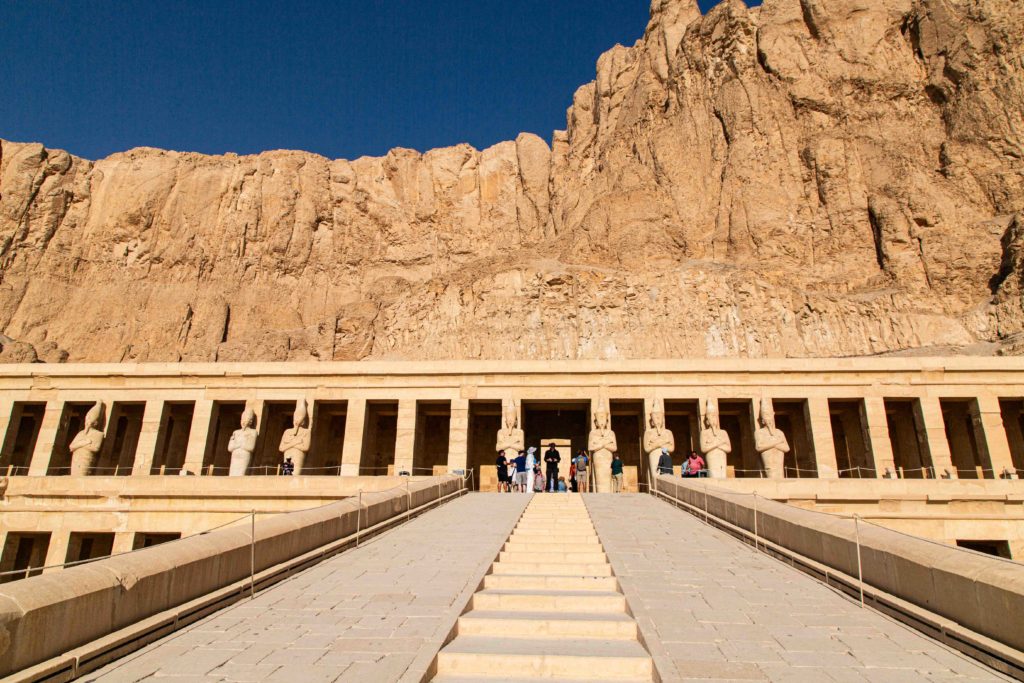
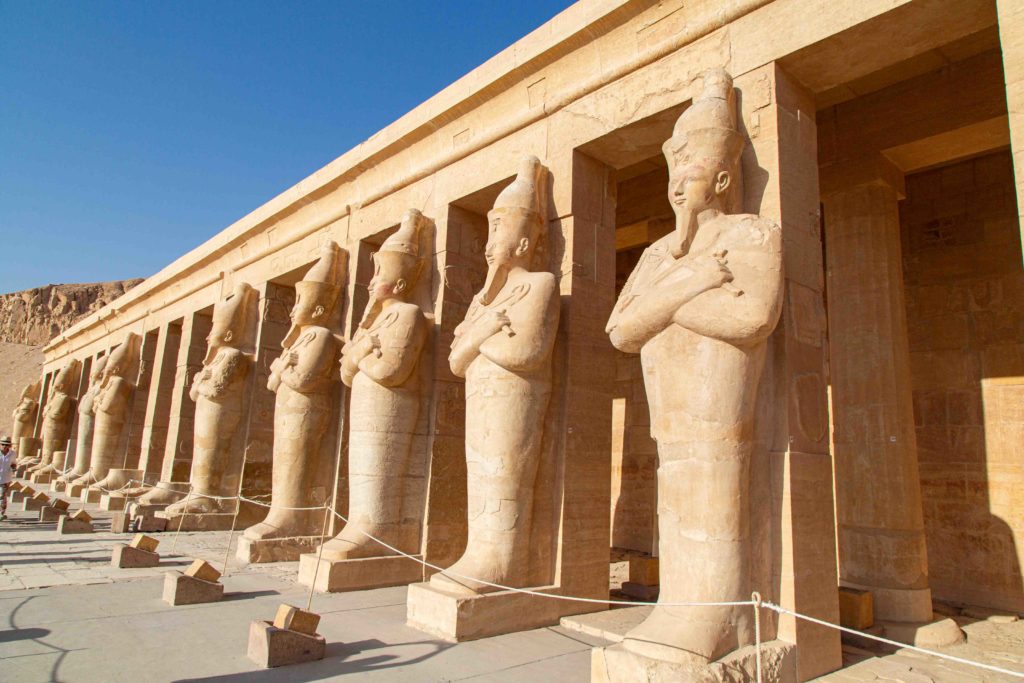
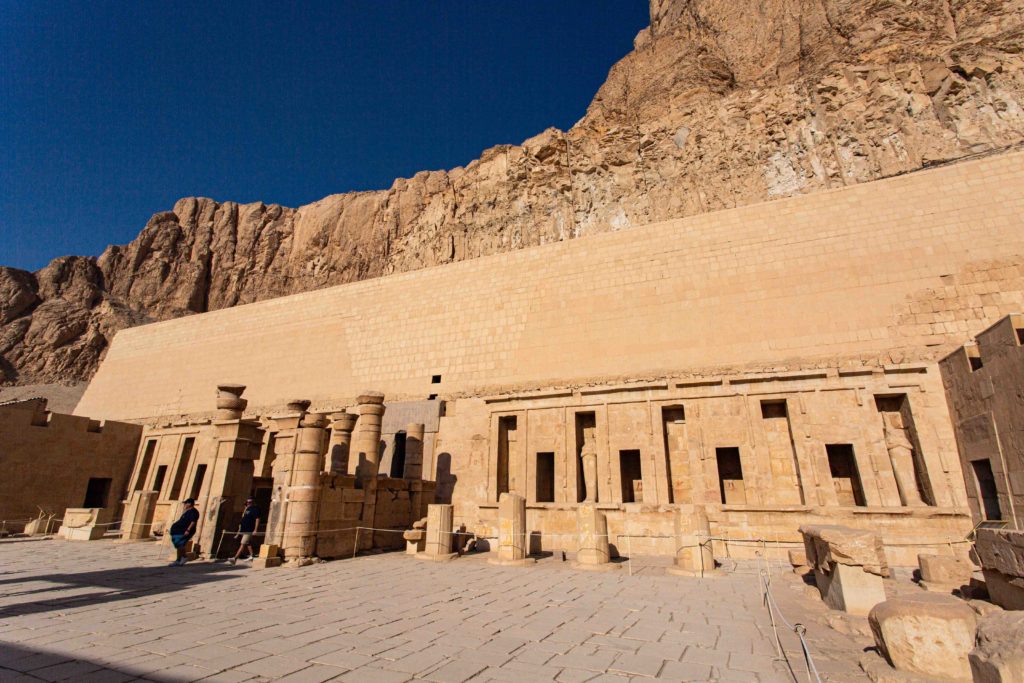
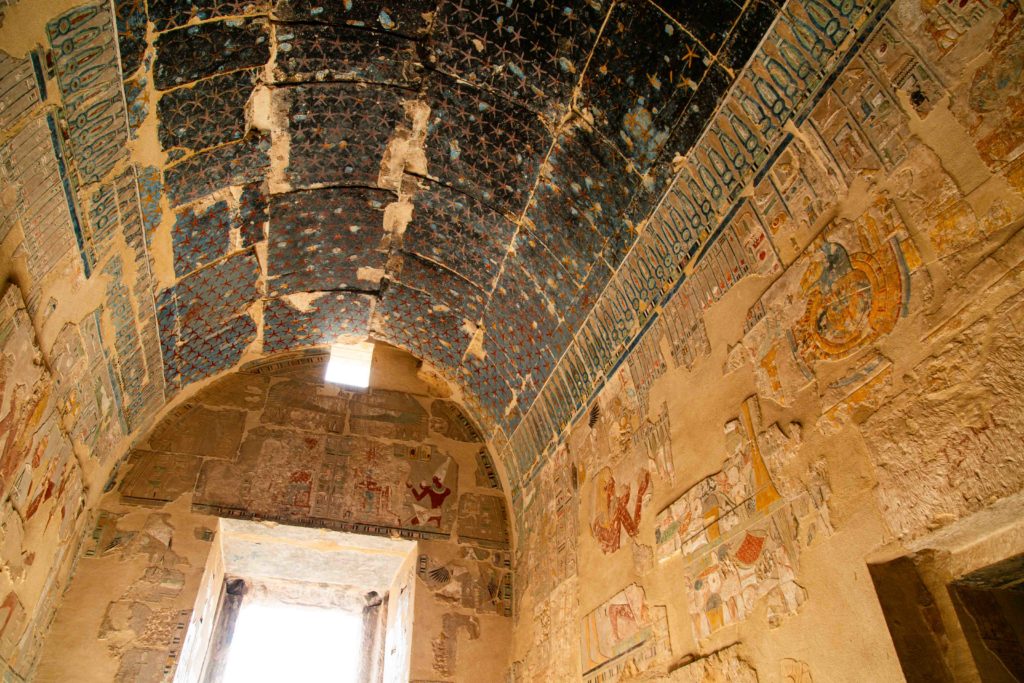
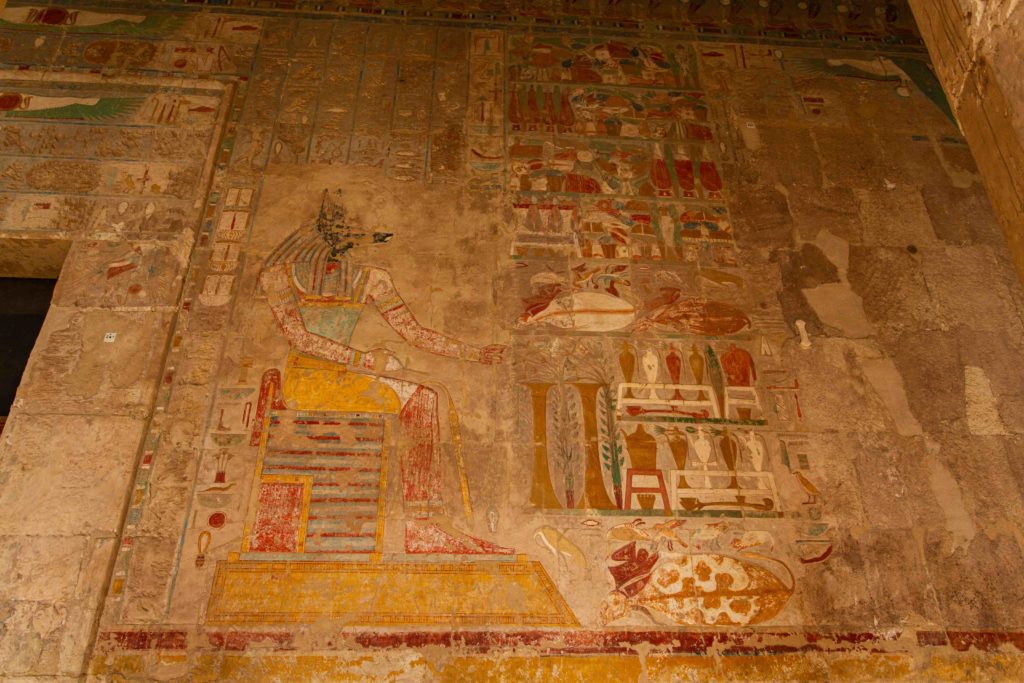


I was suprised to learn that Hatshepsut’s temple is actually the third temple to be built at this location, the first temple was for Mentuhotep II and its construction was a break from the tradition of buring Pharaohs in Pyramids. Nice that they are, Pyramids, are expensive, labor intensive and easy targets for looting due to their being conspicuous. So new ways to honor the Pharaohs and protect the goods they would need in the afterlife that were placed with them were sought out.
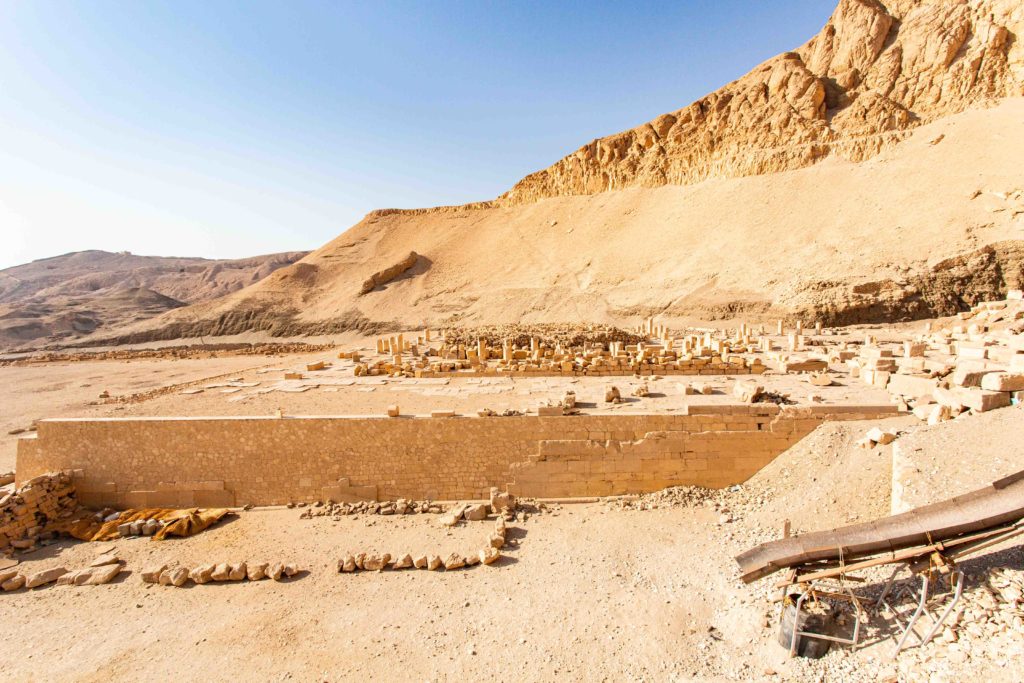
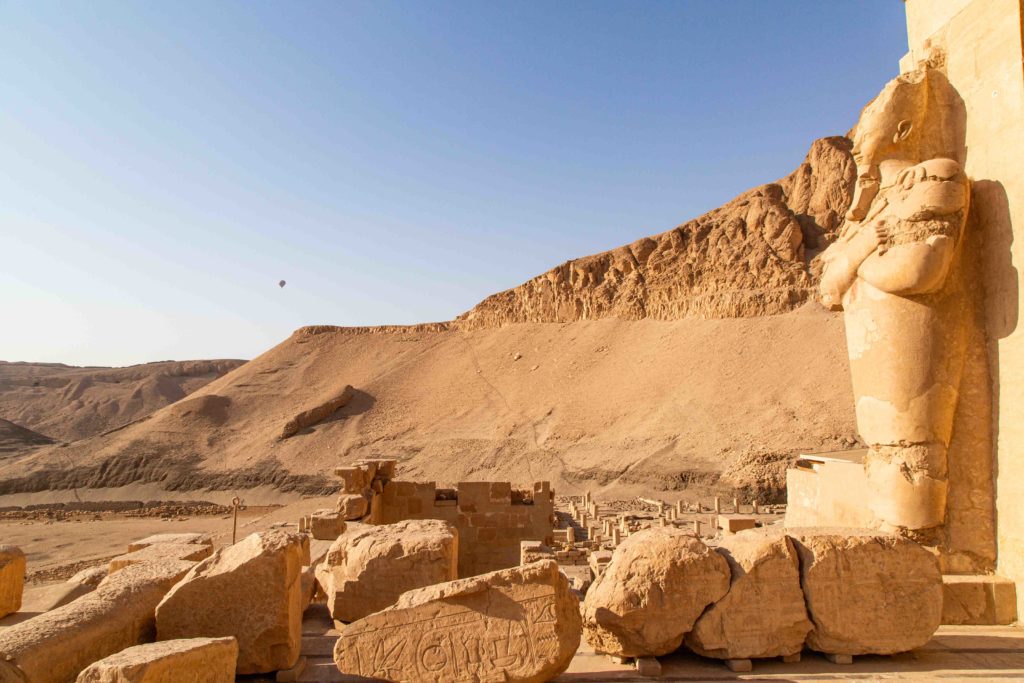
Mentuhotep II’s temple inspired the construction of the Mortuary Temple of Thutmose III and finally the well known Mortuary temple of Hatshepsut. The older temples are to the left of Hatshepsut’s when viewed face on, unfortunately Thutmose III’s was damaged in a rock slide and Mentuhotep II’s was also covered in debris and was rediscovered at the end of the 19th century with restoration efforts going on today.
Our next stop was Wādī el-Mulūk aka The Valley of the Kings. In an attempt to curb looting Pharaohs started having tombs created starting with Thutmose I. Inspite of its name, favored family members and noted officials are also buried in the valley. El Qurn, a peak that overlooks the valley has a pyramid shape which was important in egyptian society previously. Also the valley was rather isolated with a single way in making it easy to guard.
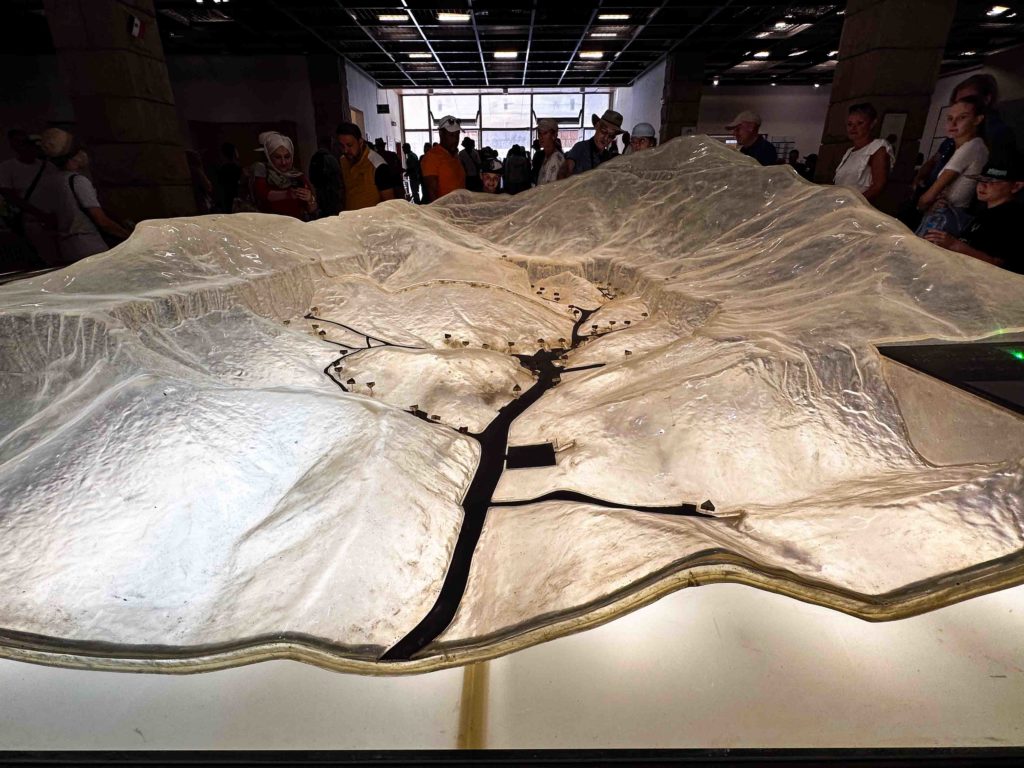
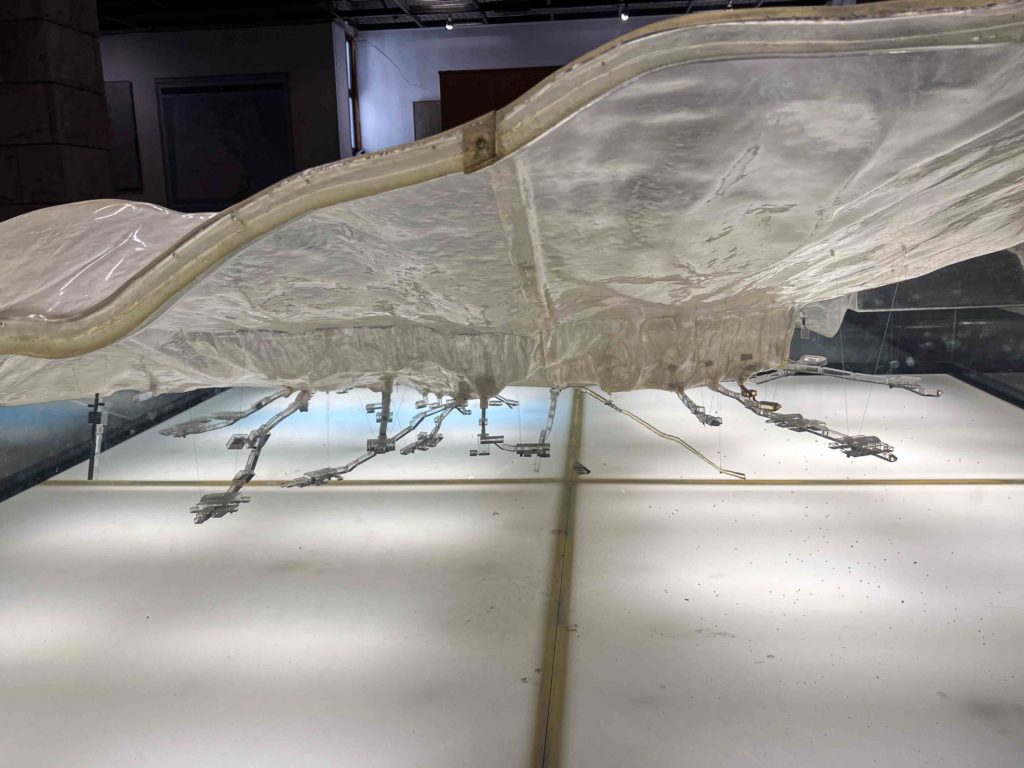
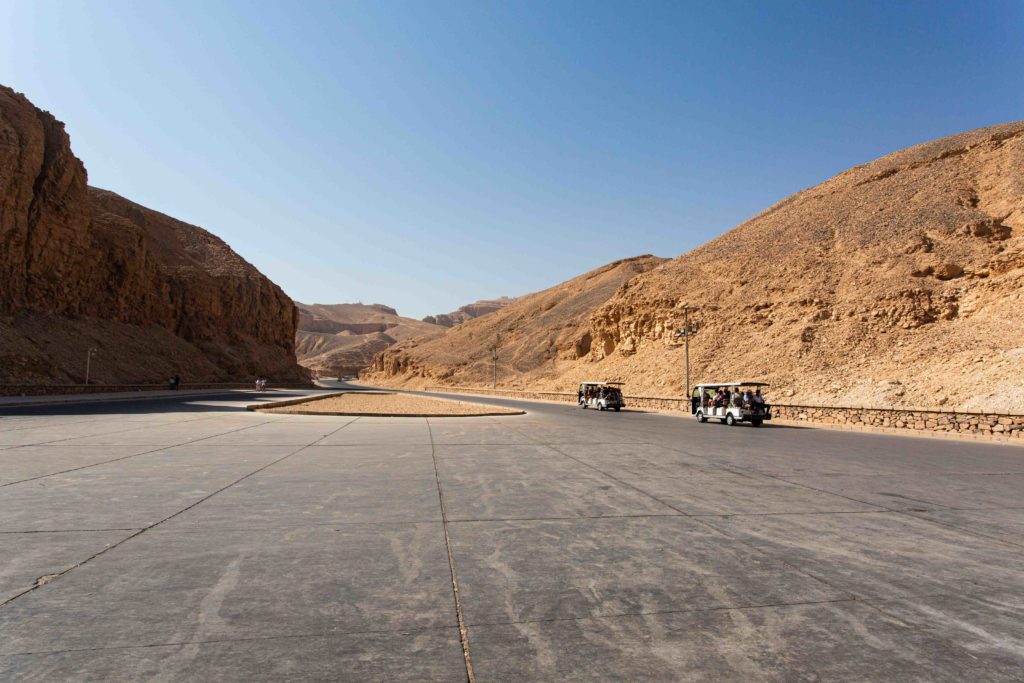
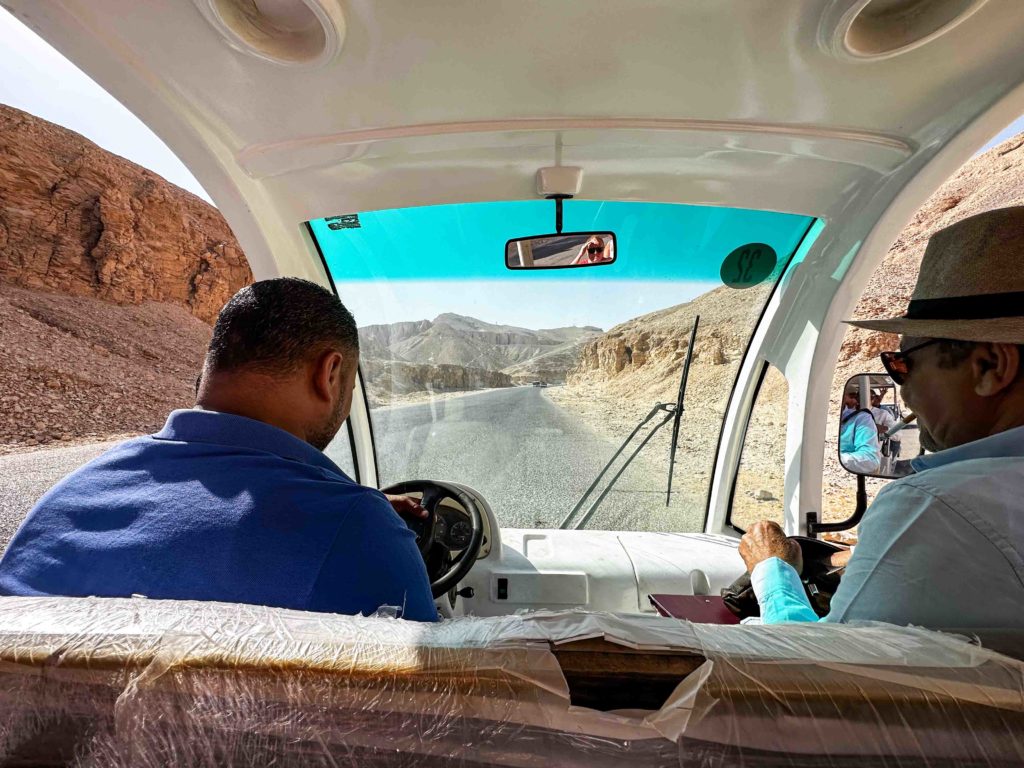
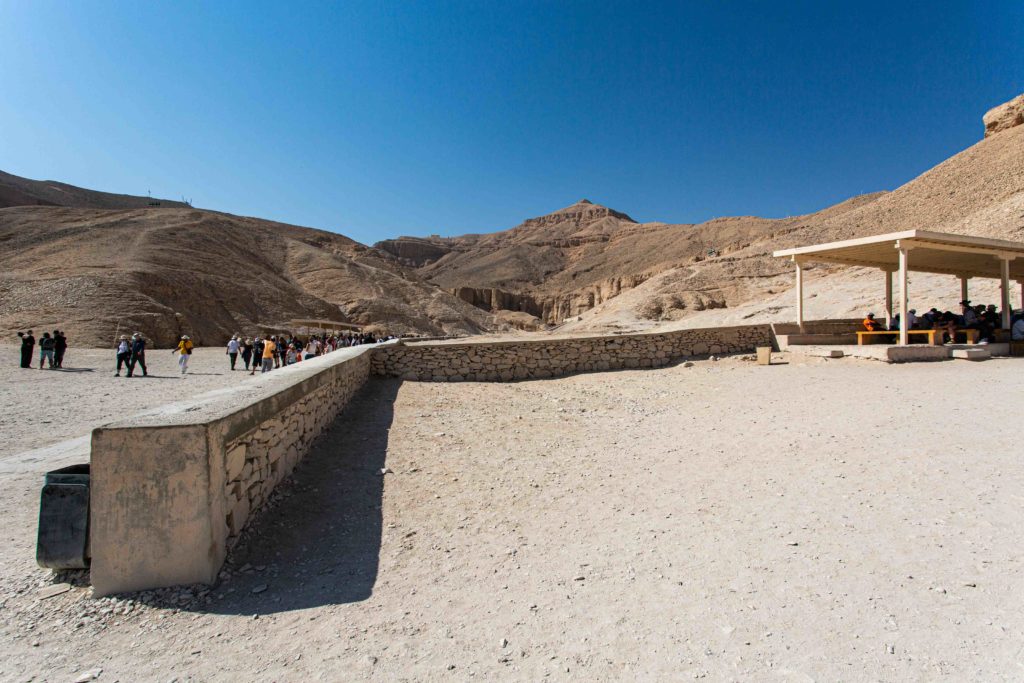
We managed to visit five tombs:
A few pictures are below, however to keep this post from getting too long I have created seperate pages for each tomb. Click on the links in the list above to view. If you see a tomb that looks incomplete it means the Pharaoh passed before the tomb was ready. Once the Pharaoh passes there is a 70 day process that runs and they are put in the tomb no matter its condition.
A visit to three tombs is included in your Valley of the Kings, Tutankhamun and Seti I were extra tickets which was nice because it thinned the visitor crowd out a bit. Can get a bit warm inside the tombs so if you visit dress appropriately and drink lots of water.
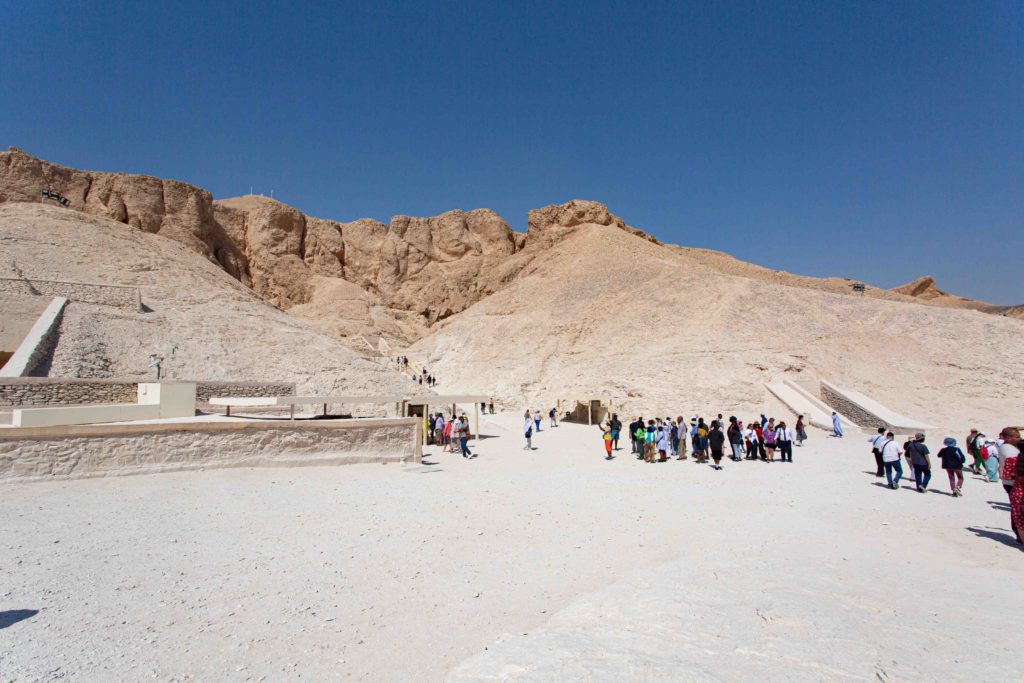


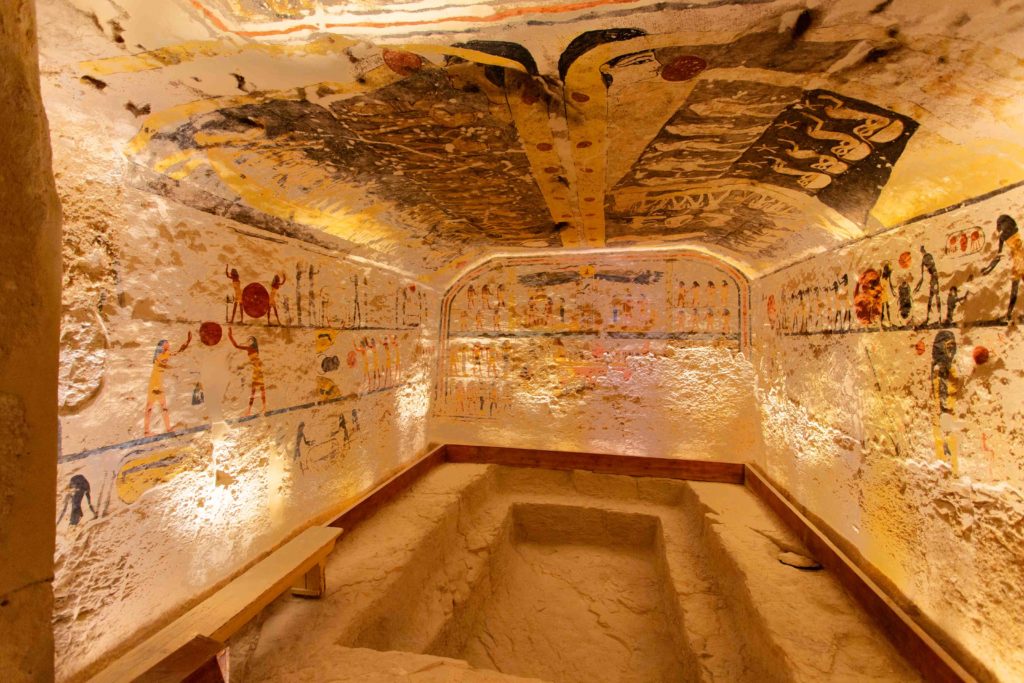
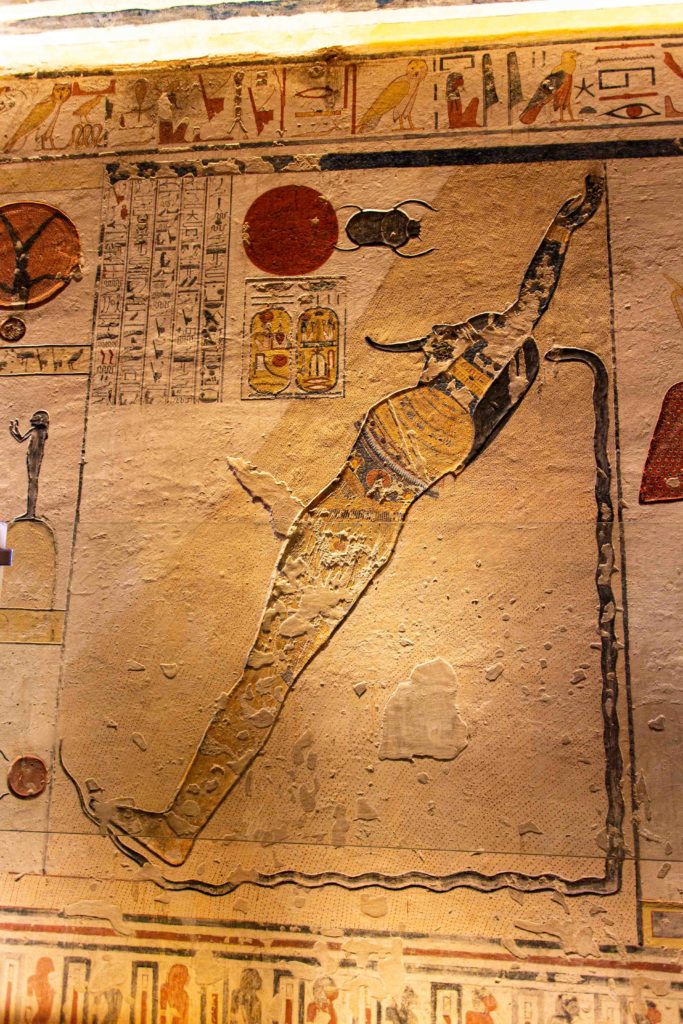

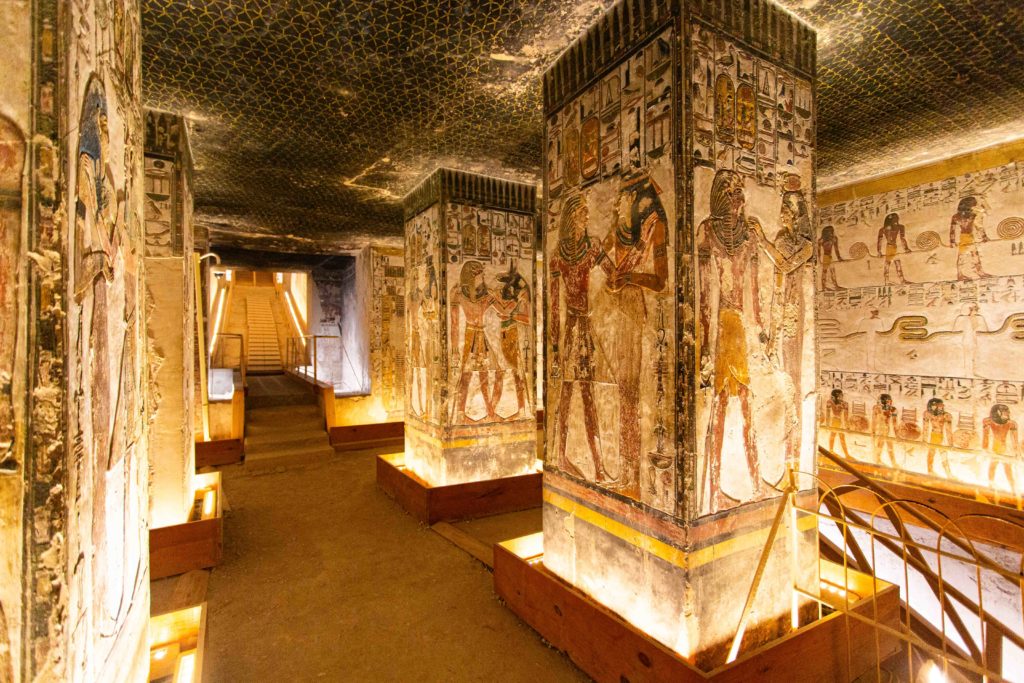
What is interesting is Ramses II has his name and monuments all over Egypt, you cannot miss his name or image. However when he picked his tomb (KV 7) location in the valley he chose poorly, it is heavily damaged and not open to the public.
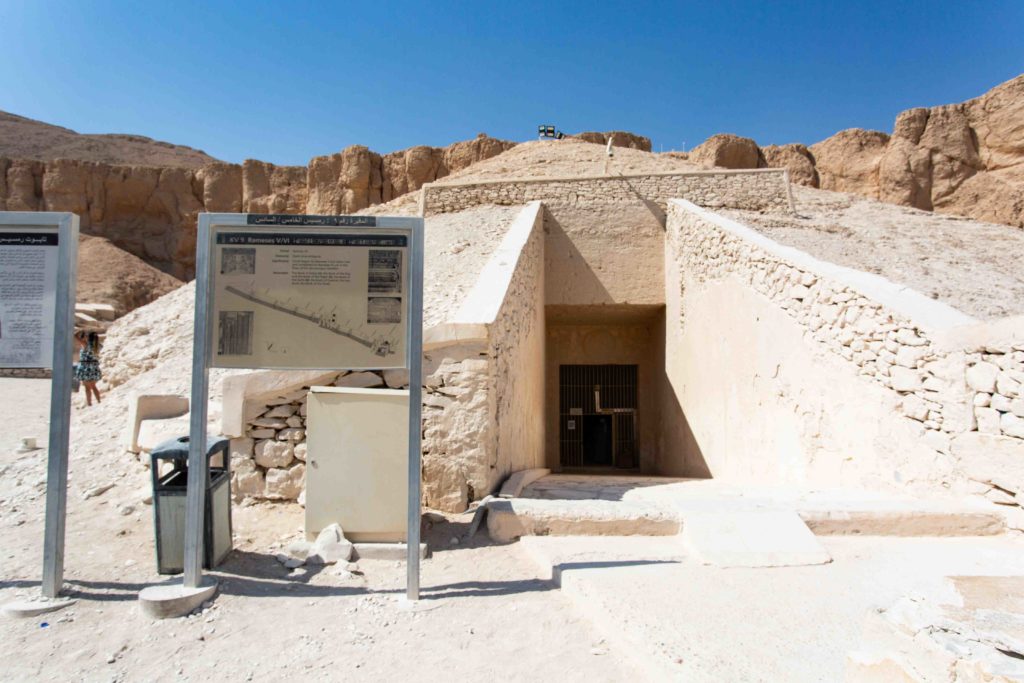
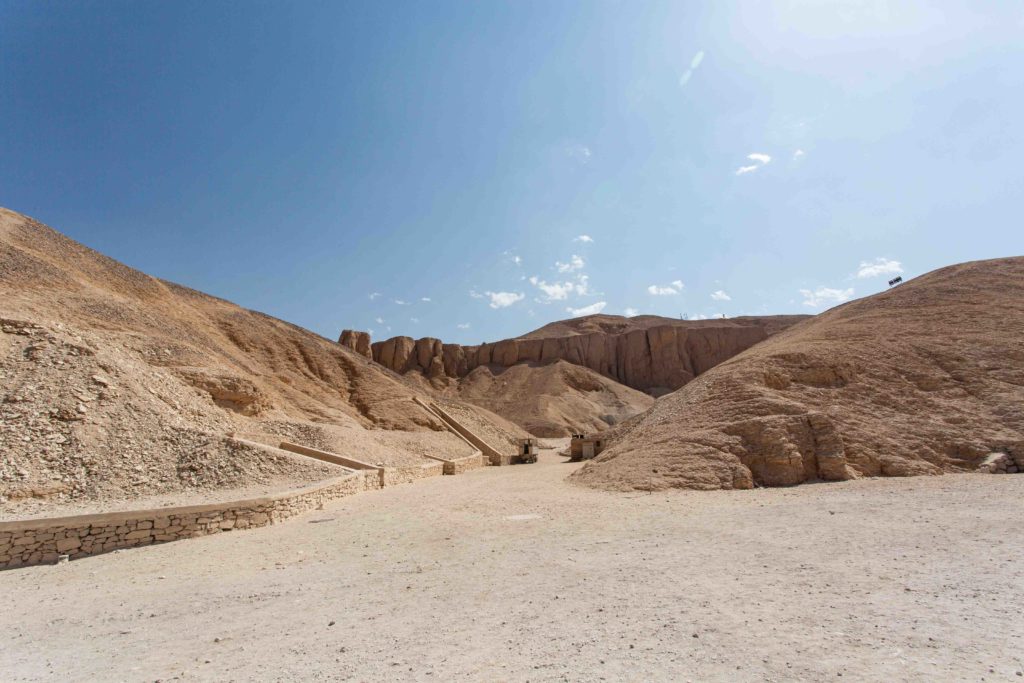
Our final stop of the day was to see the Colossi of Memnon. The easiest stop, these two massive statues of the Pharaoh Amenhotep III stand at what was the location of his Mortuary Temple, once the largest in the area. The statues are heavily damaged, however due to this it was reported that the northern statue would ‘sing’ in the morning. Since we visited in the afternoon no music for us…
